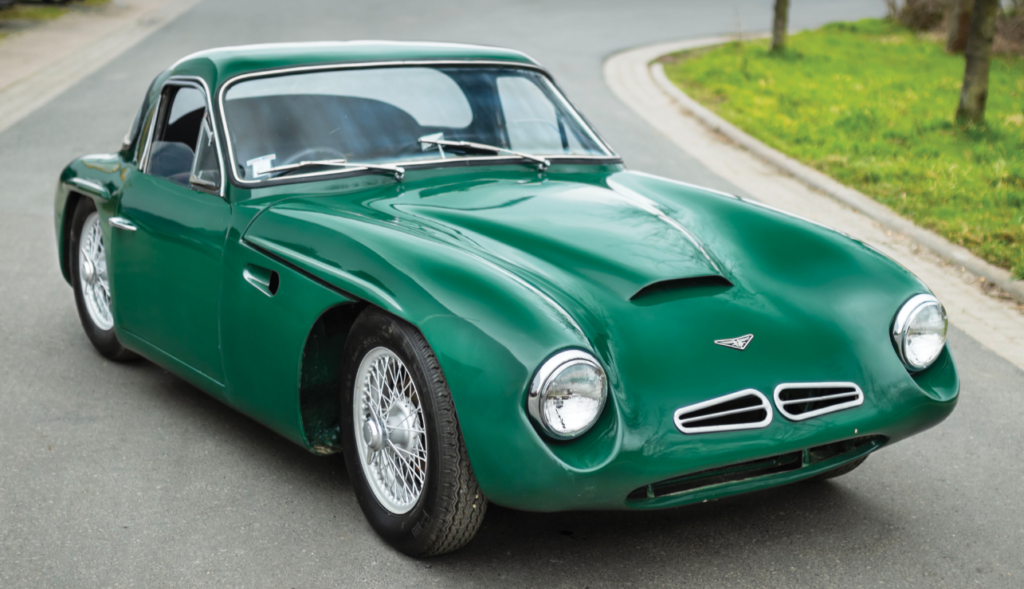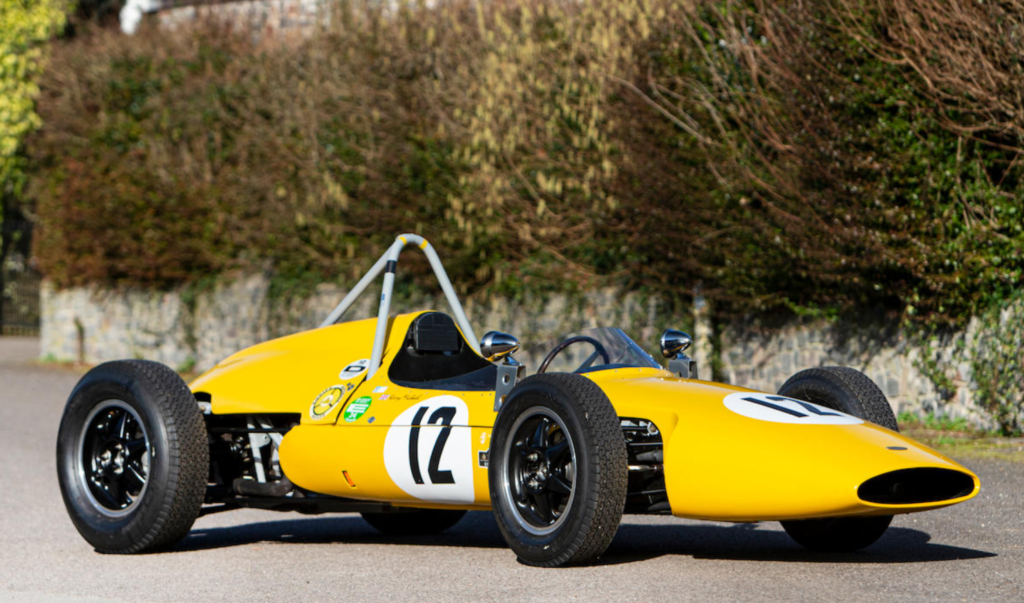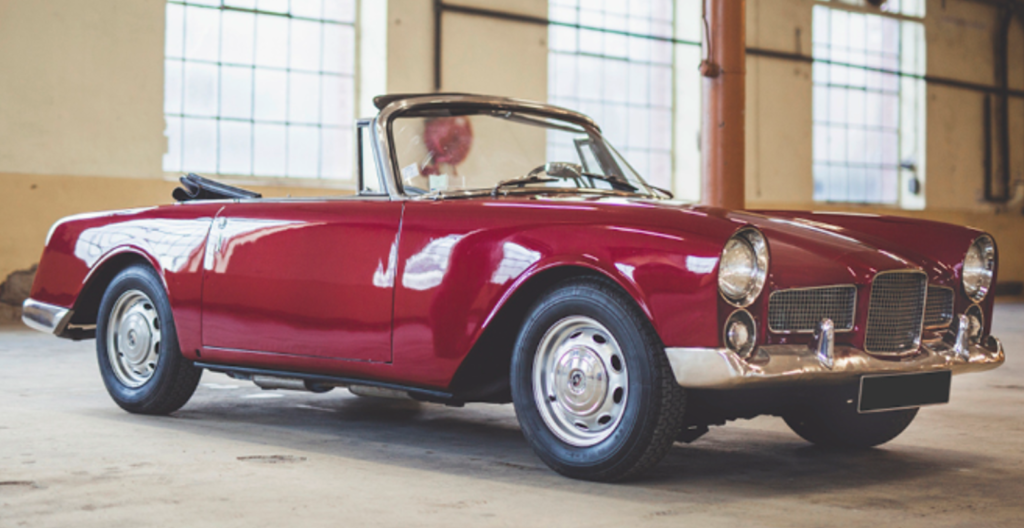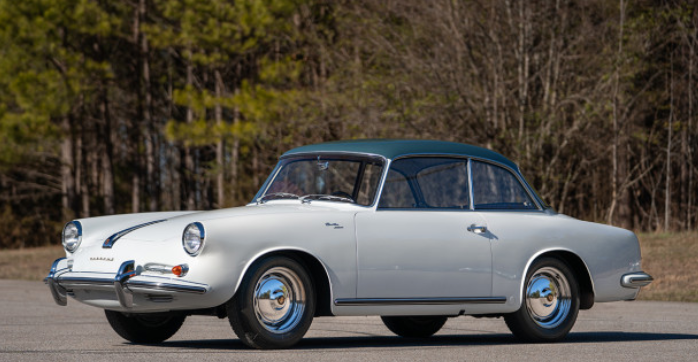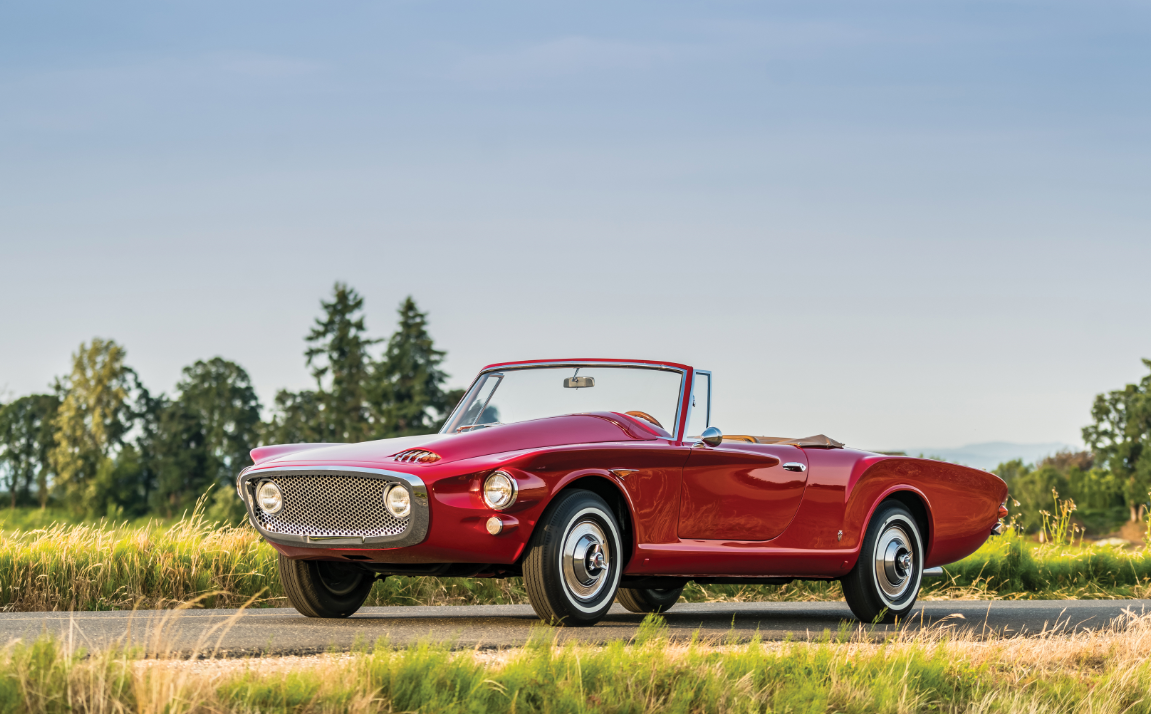1961 Fram-King Fulda
Offered by Dorotheum | Vosendorf, Austria | July 10, 2020

History lesson: the Fuldamobil was a microcar built in Fulda, Germany, originally by Elektromaschinenbau Fulda and later by a company whose initials were NWF. The first Fuldamobils went on sale in 1950. Fulda didn’t have the capacity to build that many cars, so they contracted with NWF in 1954 to build them.
NWF built the smaller-engined cars, including some under their own name, while Fulda introduced better versions of theirs. The Fulda S7 debuted in 1957 in Sweden as the Fram-King Fulda, which was built there under license. Power should be from something approximating a 191cc single making just shy of 10 horsepower.
The Fram-King Fulda was built for a short time… until the factory burned down. Production resumed in 1958/1959, and the cars were then sold as the King S-7. So either this car is actually earlier than it is registered as, or it’s really a King (FKF is what many Fuldamobils are known as). Either way, they’re the same car. Click here for more info on this one.
Update: Sold $11,566.


